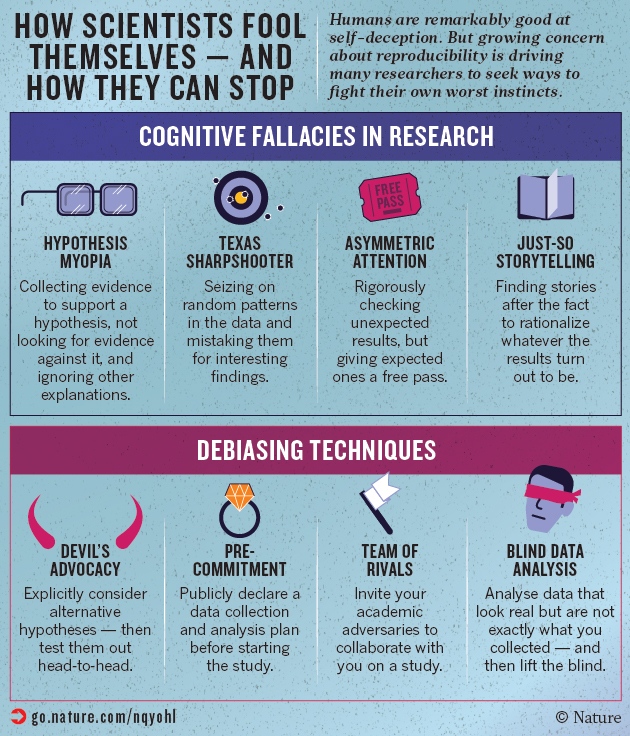In their 2007 research paper Towards A Periodic Table of Visualization Methods for Management Ralph Lengler & Martin J. Eppler created a periodic table of 100 visualization methods. The paper abstract describes the research as “effort of defining and compiling existing visualization methods in order to develop a systematic overview based on the logic, look, and use of the periodic table of elements.”
They describe a Visualization method as:
a systematic, rule-based, external, permanent, and graphic representation that depicts information in a way that is conducive to acquiring insights, developing an elaborate understanding, or communicating experiences.
Visual-literacy.org have an interactive visualization of the table with a pop-up example of each visualization method upon mouse-over. It provides a fantastic framework for understanding and describing the multitude of visualization methods and styles available.

From the research paper:
The periodic table is constructed along two dimensions: Periods and groups. Of the five dimensions we deemed most relevant for a pragmatic classification of visualization methods, we found the dimension of complexity of visualization most fitting for “periods” and application area most fitting for “groups”.
As we classified the visualization methods along those two dimensions we also tried to organize them in a similar way. That means as you move down a column, you will find similar methods for similar purposes but getting more and more complex. This is an ordinal meas- ure within a group, meaning you will find in one period different amounts of complexity. This is for pragmatic reasons as we didn’t want to leave any empty spaces in the table. For example, a line chart is a more complex visualization method than a spectrogram (a single line having two extreme poles). On the other hand a tensor diagram is more complex than a spectrogram
The chart has the application area dimension (“groups”) into the following categories and distinguished them by background color:
- Data Visualization includes standard quantitative formats such as Pie Charts, Area Charts or Line Graphs. They are visual representations of quantitative data in schematic form (either with or without axes), they are all-purpose, mainly used for getting an overview of data.
- Information Visualization, such as semantic networks or treemaps, is defined as the use of interactive visual representations of data to amplify cognition. This means that the data is transformed into an image; it is mapped to screen space.
- Concept Visualization, like a concept map or a Gantt chart; these are methods to elaborate (mostly) qualitative concepts, ideas, plans, and analyses through the help of rule-guided mapping procedures.
- Metaphor Visualization, like metro map or story template are effective and simple templates to convey complex insights. Visual Metaphors fulfill a dual function, first they position information graphically to organize and structure it.
- Strategy Visualization, like a Strategy Canvas or technology roadmap is defined “as the systematic use of complementary visual representations to improve the analysis, development, formulation, communication, and implementation of strategies in organizations.”
- Compound Visualization consists of several of the aforementioned formats. They can be complex knowledge maps that contain diagrammatic and metaphoric elements, conceptual cartoons with quantitative charts, or wall sized info murals. (Note: The Periodic table above is a Compound Visualization)
The periodic table also puts the three other dimensions on top of the method symbol and used the following pictorial representations:
1. Task and Interaction: Depending on the task, visualization can emphasize certain aspects of the data.
- Overview [ ☼ ], most visualization methods are good in providing an overview.
- Detail AND Overview [ ۞ ], those methods adhere in one way or another to Shneiderman’s visualization mantra i.e. Overview first, zoom and filter, then details on demand.
- Detail [ ¤ ], those methods are good in providing (additional) insights from single bits of data.
2. Cognitive Processes: Visualization methods can help the user to articulate implicit knowledge (as in a visual metaphor) and to stimulate new thinking (like with a mindmap).
- Convergent thinking [ >< ] is a mode of critical thinking in which a person attempts to reduce complexity through analysis and synthesis.
- Divergent thinking [ <> ] is a mode of thinking in which a person generates many unique, creative responses to a question or problem.
3. Represented Information: Structure or Process as a mechanism for representing data
- Structure [in black], such as hierarchies or networks
- Process [in blue], either stepwise cyclical in time and/or continuous sequential.
The paper concludes with the underlying rational for structuring an explanation of the hundreds of visualization methods in a style similar to the periodic table:
With our table we do not mean to reveal the organizing principle of visualization methods, but we want to highlight the fact that there might not be only one appropriate visualization method for a given requirement. Rather, there is the potential of employing a combination of different methods to enhance the achieved results.
Our efforts in structuring the vast domain of visualization methods cannot be seen as a close adaptation of the peri- odic table of chemical elements. It is rather a functional, metaphoric homage to it. The choice of methods included as well as the order criteria cannot be considered exhaus- tive. Nevertheless, it does provide an overview over more than hundred useful visualization methods of great variety and by organizing them assists researchers and practitio- ners alike in choosing adequate visualization methods for their needs.
For more read the entire paper Towards A Periodic Table of Visualization Methods for Management.






 Infographics
Infographics